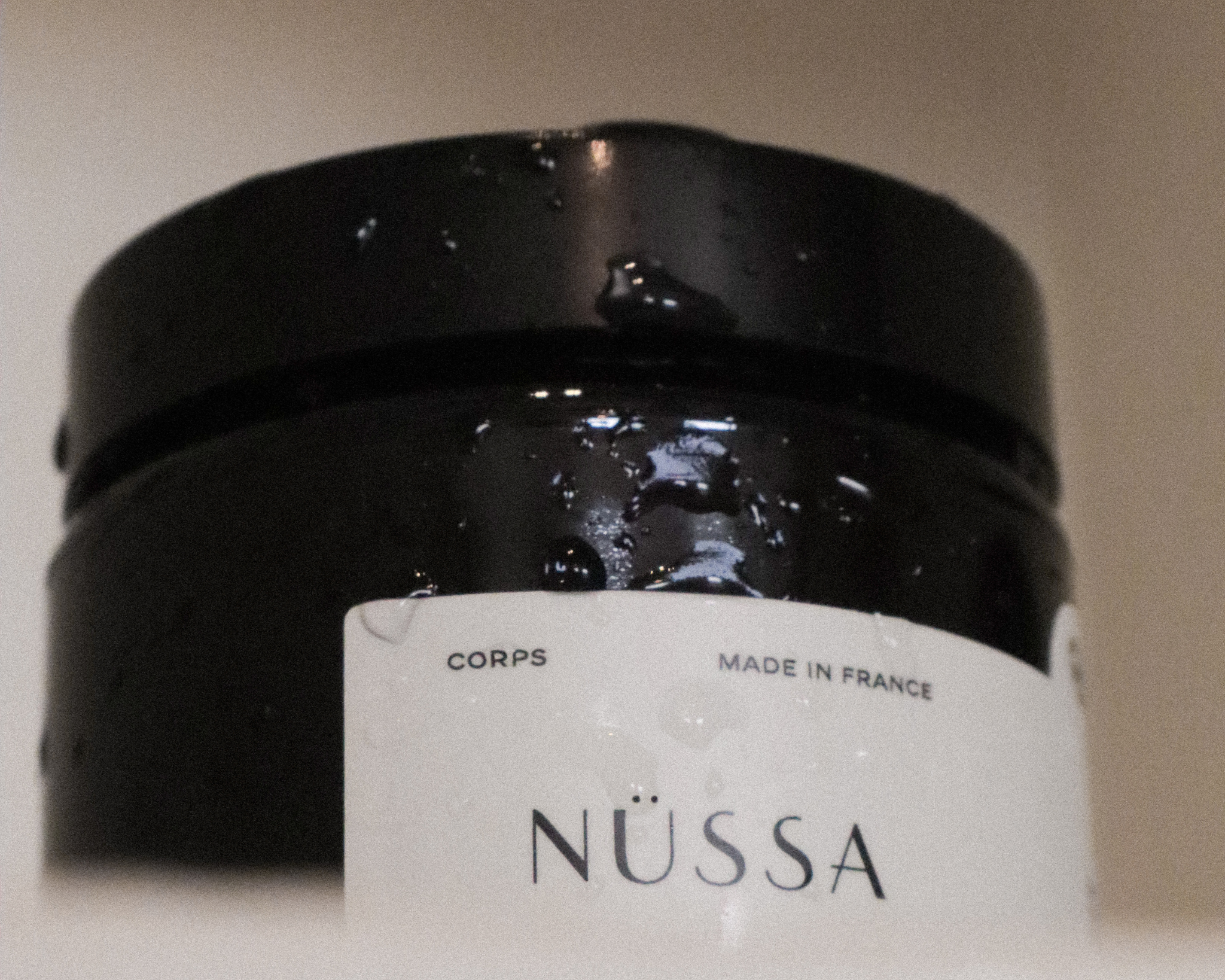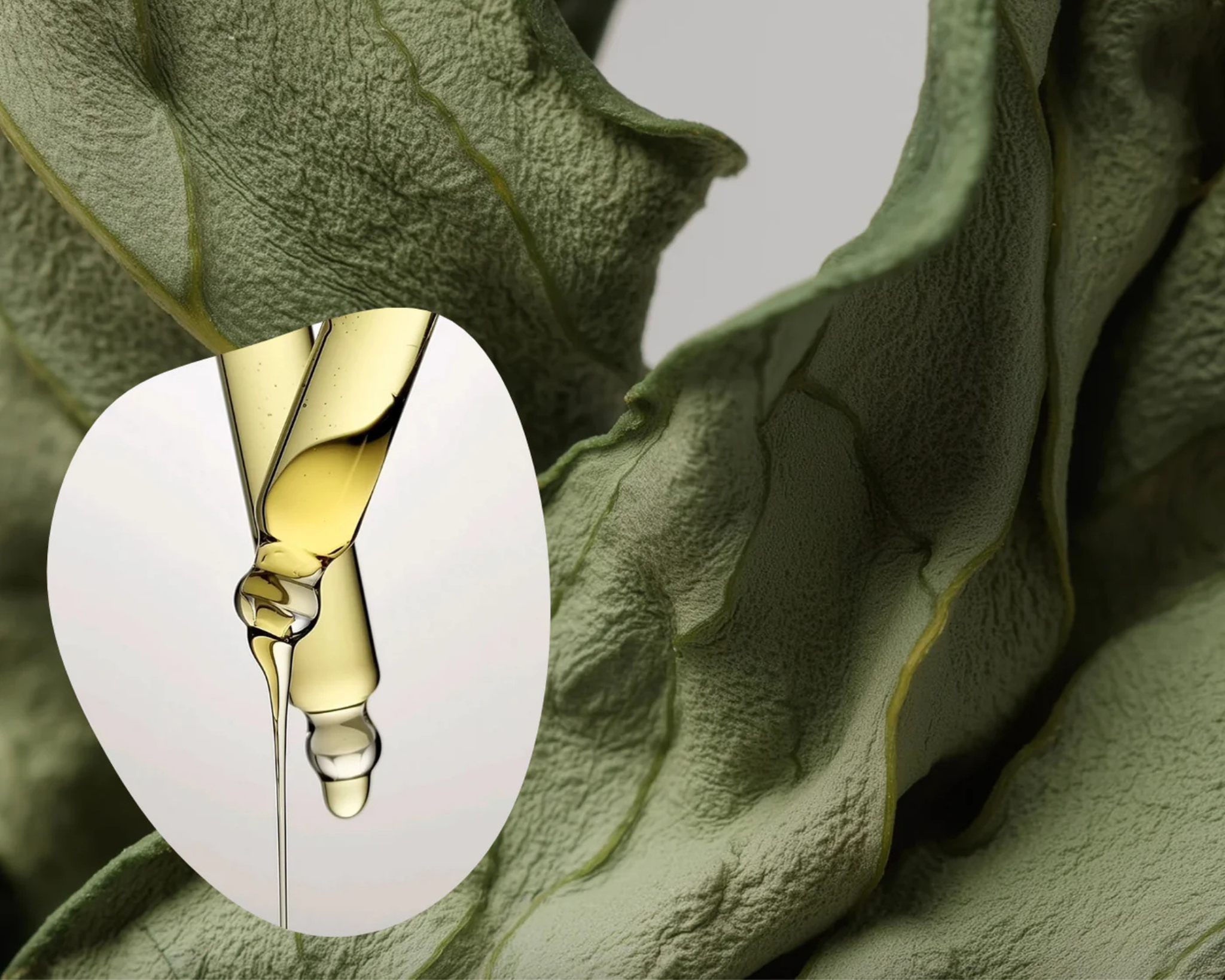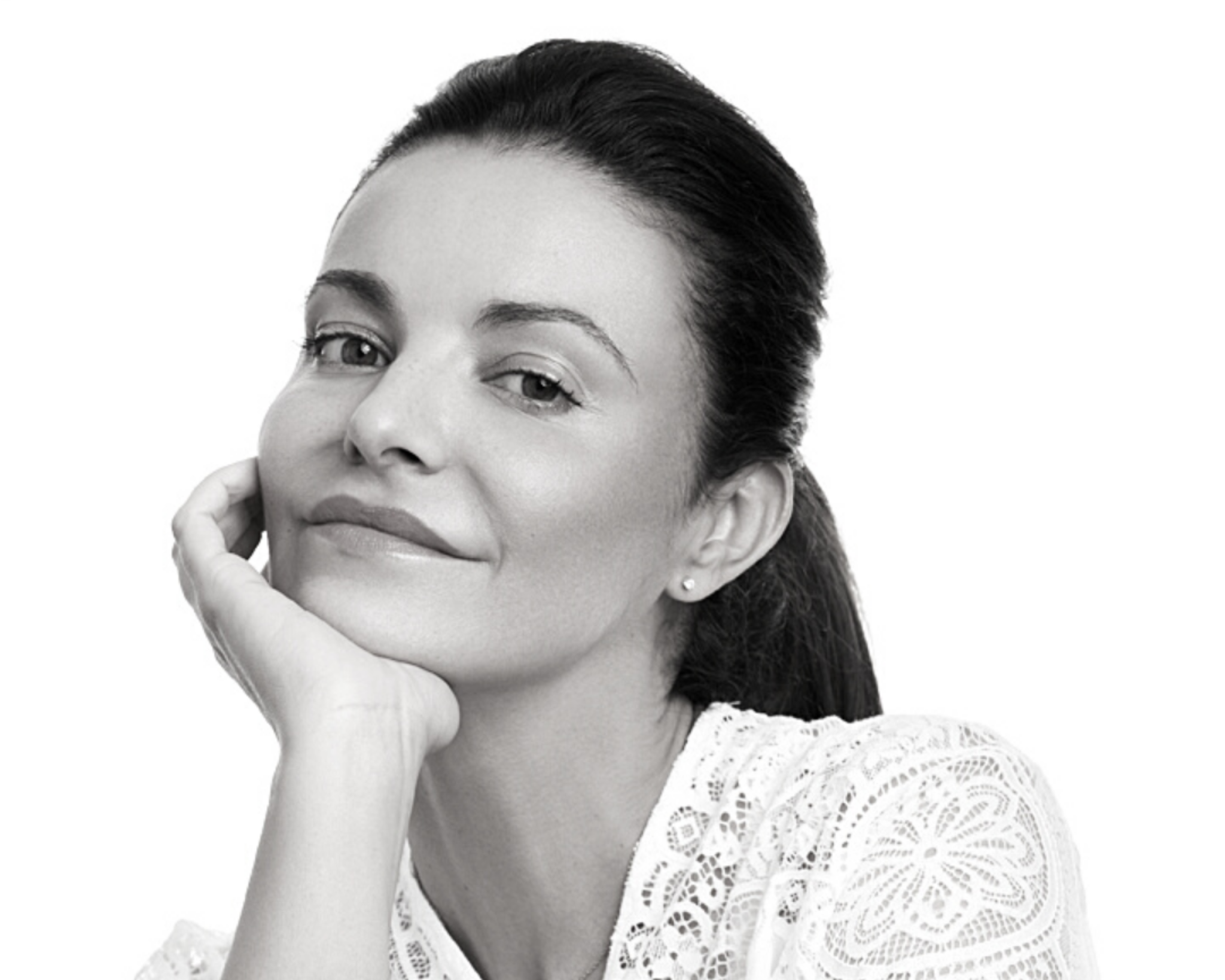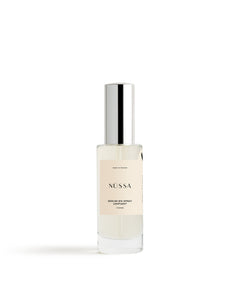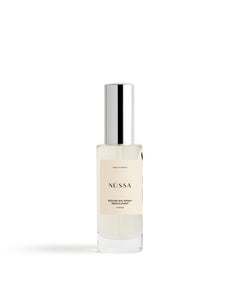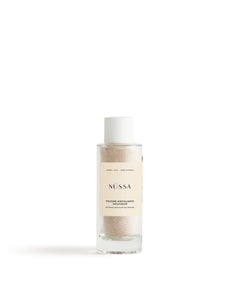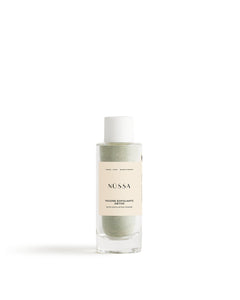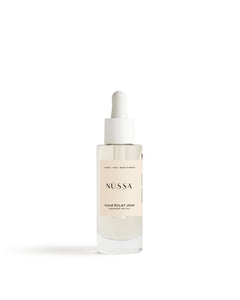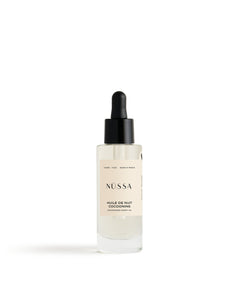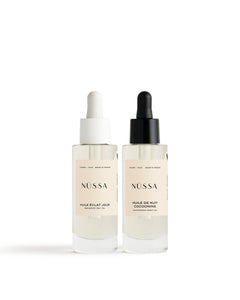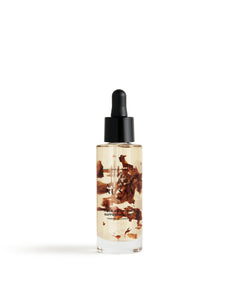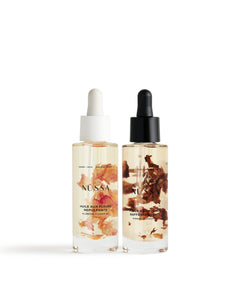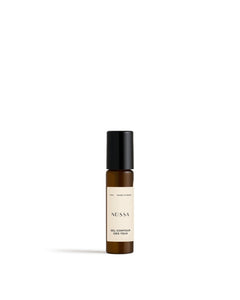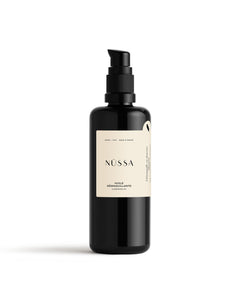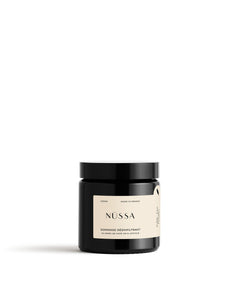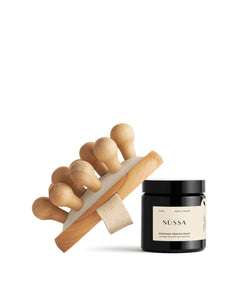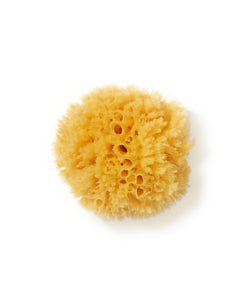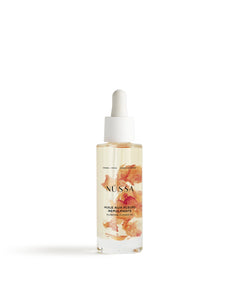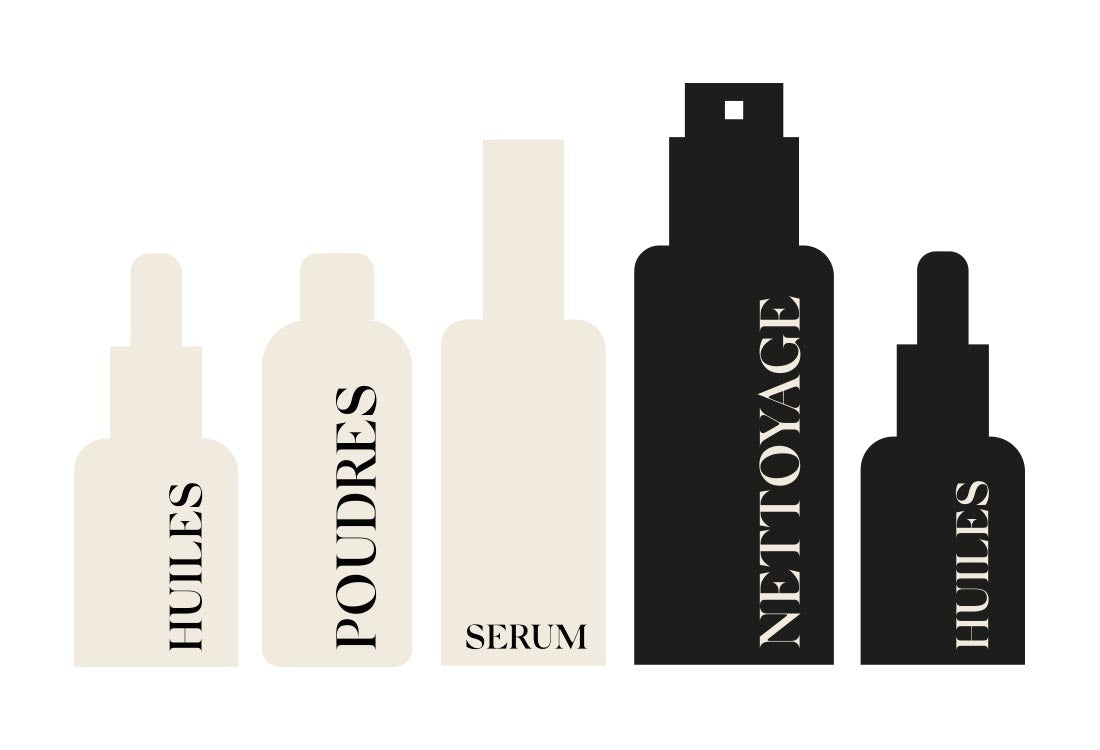Skin: The Guide to Knowing Everything

The skin, a vital and multifunctional organ
Often reduced to its simple cutaneous surface , human skin is much more than a simple covering . It is the largest organ of the human body , representing up to 16% of its mass, with an average thickness of only a few millimeters . Present on all parts of the body , it varies according to the area : thinner at the eyelids , thicker under the soles of the feet .
A true skin barrier , the skin plays a multitude of protective functions :
-
It forms a shield against ultraviolet rays , chemical agents and infections ,
-
It regulates body temperature through perspiration ,
-
It participates in the synthesis of vitamin D via exposure to the sun ,
-
It is involved in immune protection , healing , and the body's water balance .
Skin doesn't just cover: it protects , adapts , communicates , and repairs . A complex organ , whose structure and functions deserve to be better understood in order to truly take care of it—with the right products , at the right level of the relevant layer .
What are the main characteristics of the skin?
Human skin has a variety of characteristics that differ depending on the area of the body , age , sex , and hormonal factors . Among the most visible:
-
Skin color , determined by the amount of melanin produced by melanocytes ;
-
The texture of the skin , more or less smooth depending on cell renewal , sebum secretion or the presence of hair follicles ;
-
Skin type : oily skin , dry skin , combination skin, or healthy skin (balanced and comfortable).
Healthy skin is characterized by its uniform appearance , supple feel, balance between moisture and sebum , and an intact skin barrier . To maintain these skin characteristics , it is essential to adopt a personalized and gentle skincare routine .
What are the different layers of the skin?
The structure of the skin is made up of three main layers :
-
The epidermis , the outer layer, which plays the role of a protective barrier .
-
The dermis , located underneath, which provides nutrition , flexibility and mechanical resistance .
-
The hypodermis , the deepest layer, made of adipose tissue , which acts as a thermal insulator and energy reserve .
Inside the epidermis , we can distinguish several superimposed layers :
-
The basal layer , the birthplace of skin cells.
-
The spinous layer , where cells begin their maturation.
-
The granular layer , where they produce keratin .
-
The stratum corneum , composed of dead corneocytes , which form the outer shield .
Each of these layers of skin plays a very specific role in maintaining hydration , protection against aggression , skin regeneration and even thermal regulation .
For example , the stratum corneum of the epidermis is impermeable and prevents water loss , while the reticular dermis supports the skin with its collagen network and participates in healing . As for the hypodermis , it acts as a thermal insulator and an energy reservoir .
Understanding this biological architecture is the key to choosing the right care : a facial serum acts mainly at the epidermal level , while vegetable oils go deeper, nourishing and strengthening the skin's natural barrier function .

Zoom in on each layer of the skin
Understanding the structure of skin is like entering a fascinating world of overlapping layers , specialized cells , and protective functions . From the outside in, each layer of skin plays a very specific role in skin health and requires a targeted approach to your skin care .
What is the role of the epidermis?
The epidermis is the outermost layer of the skin . Although it is relatively thin—a few millimeters at most—it plays a fundamental role in protecting against external aggressions . It acts as a natural protective barrier against UV rays , microbes , pollution , chemicals and water loss .
Composed mainly of keratinocytes , the epidermis provides a physical barrier function but also immunological protection thanks to cells such as melanocytes and Langerhans cells.
The role of the epidermis is therefore twofold:
-
Act as a shield , via its horny layer , which slows down mechanical, biological and chemical attacks.
-
Maintain hydration and prevent excessive water evaporation, thanks to its stratified layered structure.
To clean this layer without damaging it , a gentle and purifying treatment like the illuminating cleansing jelly is ideal. It respects the balance of the hydrolipidic film , eliminates impurities , while preserving the characteristics of the skin .
The dermis: the elastic nourishing tissue
The dermis , the inner supporting layer, is a connective tissue rich in collagen and elastin fibers , blood and lymphatic vessels, hair follicles , sweat glands (which produce sweat ) and nerve endings . It is divided into two zones:
-
The papillary dermis , more superficial and finely vascularized;
-
The reticular dermis , thicker and denser.
This is where collagen synthesis , thermal regulation , pain perception , healing of lesions and even tanning take place.
Skincare products that target the dermis often aim to strengthen skin structure, improve skin texture , and prevent signs of aging . Active ingredients such as hyaluronic acid and ginger are particularly effective at this level.
The unifying serum , enriched with natural active ingredients, helps to smooth the skin, reduce dark spots on the face and maintain optimal skin balance .
The hypodermis: the insulating and protective base
Finally, beneath the dermis is the hypodermis (or subcutaneous adipose tissue ). This is the thickest layer, made up of fat cells that store energy , thermally insulate the body, and cushion physical shocks .
This layer also plays a key role in facial shape , skin suppleness and resilience. Excessive mass loss in the hypodermis can lead to sagging skin or the appearance of cellulite in certain areas.
This is where body care comes into play:
-
The de-infiltrating body scrub or the anti-cellulite duo act in massage to stimulate lymphatic circulation and firm the skin.
-
Natural fiber brushes , such as the sisal body brush , promote microcirculation and enhance the benefits of the treatments applied afterwards.
The main functions of the skin
The skin plays a fundamental role in our overall health . More than just a covering , it fulfills several key functions that rank it among the most complex organs in the human body . Its unique architecture—formed of overlapping layers ranging from the basal layer to the hypodermis — provides continuous physical, immune, and thermal protection.
Barrier function: the first protective shield
Thanks to the skin barrier and the hydrolipidic film , the skin forms a waterproof protection against chemical agents , bacteria , UV rays , and limits water loss . The horny layer , rich in keratin , plays a central role in this protective function .
Skincare rich in protective active ingredients, such as plant oils or serums , strengthens this natural barrier and helps repair the skin in the event of injury , cuts or grazes .
Thermal regulation function
The skin helps regulate temperature through perspiration (produced by the sweat glands ) and vasodilation . In hot weather, the blood vessels in the papillary dermis dilate to evacuate excess heat through sweat . Conversely, they contract in the cold to maintain body temperature .
Immunological function
The skin contains a local immune system , involved in defense against microorganisms . Specialized cells such as Langerhans cells detect pathogens and initiate an immune response . If there is an imbalance or infection , skin disorders such as acne can occur.
Sensory and nervous function
Thanks to a dense nervous network , the skin is able to feel pain , cold , heat , pressure , etc. This sensory function is essential for reacting quickly to physical attacks .
Metabolic and synthetic function
The skin also participates in the synthesis of vitamin D , which is essential for bone health . This function is activated by the effect of the sun 's UVB rays at the epidermis level.

What happens when the skin is attacked or damaged?
When the skin barrier is weakened, the entire balance of the skin can be disrupted. On the front line against external aggressions — climate change , pollution , UV rays , or even physical stress — the skin reacts by manifesting various skin disorders .
Common symptoms include:
-
Water loss leading to dry or dehydrated skin ,
-
An alteration of the hydrolipidic film ,
-
Visible lesions such as abrasions , redness , inflammation ,
-
Pain , tingling , warming , or pulling sensations,
-
A slowed down scarring condition , caused by a dysfunction at the level of the basal layer ,
-
Acne or blemishes outbreaks, caused by an imbalance in the skin flora or a blockage of the hair follicles .
These signs indicate that the skin is no longer playing its protective role properly. It is therefore essential to intervene quickly to repair it, nourish it and strengthen its functions with targeted care.
How does the skin maintain its hydration?
Skin hydration relies on a sophisticated mechanism, at the heart of which is the stratum corneum . This thin film, made up of water, sweat and sebum, covers the epidermis and forms an effective protective barrier against water evaporation .
When this skin barrier is intact, the skin remains supple, smooth, and comfortable. But if it is damaged—for example, due to cold, stress, or overly aggressive cleansing—we observe a loss of water , leading to dry skin , tightness , and even micro-cracks .
To ensure the maintenance of hydration , it is essential to adopt care which:
-
Strengthen the hydrolipidic film (e.g.: vegetable oils , rich creams ),
-
Deeply hydrates
-
And protect the horny layer from external aggressions.
How thick is the skin?
Skin thickness varies between different areas of the body and between individuals . The average thickness is between 0.5 mm and 5 mm , but this value can vary considerably:
-
On the eyelids , the skin is extremely thin , with a very thin epidermis ;
-
Under the soles of the feet or the palms of the hands , we speak of thick skin , with a more developed horny layer .
The thickest layer remains the hypodermis , rich in adipose tissue , while the epidermis remains relatively thin, but essential for the barrier function .
Knowing the thickness of the skin according to the areas allows you to better adapt your care. For example, a fluid serum will be more effective on thin skin , while a nourishing oil will be better absorbed by areas with thicker epidermis .

The skin: a living architecture at the service of your body
The skin is a fascinating organ , both robust and sensitive. It represents our first barrier to the outside world and plays an essential role in the protection , regulation and internal balance of the human body .
Composed of several layers —from the Malpighian layer to the dermoepidermal junction , through the stratum granulosum , the stratum spinosum , and the stratum corneum —it houses keratinocytes , pigment cells , sebaceous glands , blood vessels , nerves , connective and fatty tissue. Each structure , each substance produced, serves to maintain body temperature , hydration , elasticity , cell renewal , and healing .
This is why taking care of your skin is not a superficial gesture: it is a targeted action to preserve the natural functioning of the skin , its beauty, and its capacity to adapt to changes , to absorb shocks , to nourish the body and to ensure its own renewal .
Frequently asked questions about skin structure and functions
Is everyone's skin the same?
No. Skin varies depending on the person , their origin , their age , their sex or their environment. The color depends on the pigment melanin , the texture on the production of sebum , and the thickness varies depending on the areas of the body (for example, the scalp is different from the palms or feet ).
What is the role of keratinocytes?
Keratinocytes are the main cells of the epidermis . They produce keratin , which strengthens the outermost layer and provides a strong barrier against external aggressions.
Why do we talk about the dermo-epidermal junction?
It is the area between the epidermis and the dermis , also called the basement membrane . It allows the exchange of nutrients and information between the layers, and plays a role in healing , firmness and adhesion of the skin .
What is the purpose of adipose tissue?
The subcutaneous tissue , rich in fat , absorbs shocks, stores energy and maintains temperature . It is particularly developed in certain areas in women , or depending on the hormonal cycle .
What elements influence skin renewal?
Cell renewal depends on the natural cycle of keratinocytes , which migrate from the basal layer to become flat dead cells on the surface (the stratum corneum ). This process is influenced by age , health , environment, diet or care used in contact with the skin.



